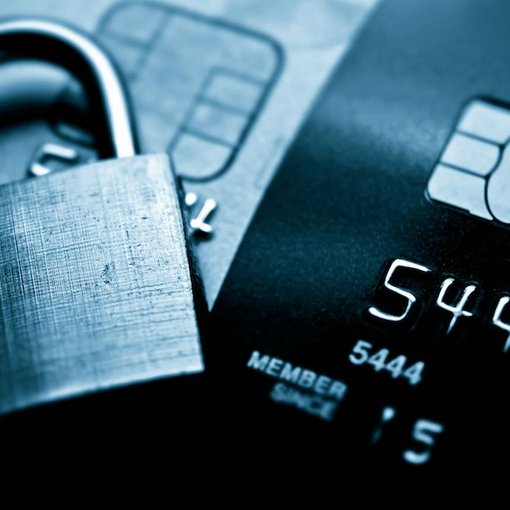
- 5 minutes read
Fraud reduction as a strategy
While the prevailing industry view is that a convenient user experience wins over tight security, customer expectations are far more nuanced; staying safe online is still a priority.
While the prevailing industry view is that a convenient user experience wins over tight security, customer expectations are far more nuanced. As much as they dislike friction, staying safe online is still a priority.
So how can merchants meet these needs without unduly impacting the customer experience?
In the battle to attract and retain customers, convenience is often touted as the ultimate trump card. The notion that an effortless payments process will keep sales coming in has greatly influenced the current e-commerce landscape. Eliminating friction and making checkout as quick and easy as possible are increasingly front and centre in merchants’ minds.
This dominant narrative has also put convenience at odds with security. So much so that according to Paysafe’s most recent report, Lost In Transaction: Volume II, while 71% of merchants acknowledge fraud as a serious problem, 36% fear that introducing more robust security would drive customers away.
Security and convenience: two sides of the same coin?
There’s no doubt that convenience is a key driver of consumer behaviour. Which is why e-wallets, mobile payments and even cash alternatives such as cryptocurrencies are becoming more popular. But this doesn’t mean modern customers don’t care about security. If anything — and contrary to what many merchants think — Paysafe’s study shows that awareness and education around the issue are at an all-time high.
81% of respondents in our Lost in Transaction: Volume II report said they deliberately avoid making transactions on unsecured and public WiFi networks to minimise the risk of fraud. And, more significantly, 58% want tougher fraud prevention measures, even if this makes payment less convenient — a stat which flies in the face of mainstream industry presuppositions.
Clearly, merchants need to ditch their long-held assumptions on consumer attitudes and expectations in favour of a new approach. One in which security and convenience are complementary.
Fraud prevention and payments: the merchant’s perspective
As it happens, the risk of fraud is already influencing merchants’ attitudes to payments. This isn’t at all surprising, seeing as fraud doesn’t just affect their customers but also their bottom line.
So, for instance, 60% believe credit cards are more susceptible to fraud than other payment methods. And they’d like to see them phased out. By contrast, a growing number of merchants are introducing digital wallets, prioritising them or both precisely because they perceive them as being more secure.
But striking the right balance between convenience and security isn’t just about replacing older payment methods with new technologies. For savvy merchants, fraud prevention must also be part and parcel of their overarching business strategy.
While payment methods always change and evolve over time, good business strategy remains consistent. So, by making good decisions about payments, merchants ultimately make good decisions about their business.
The way forward
So what does a good fraud prevention strategy look like? And how does it fit into a merchant’s bigger payments picture? Well, in short, it’s all about assessing risk, making informed choices and building trust — three elements which are inextricably linked.
Assessing risk
Every payment method carries an element of risk. Case in point, even as 83% of respondents in our study said mobile wallets are easier to use and more convenient than cash, a significant number were still concerned about smartphone theft or had reservations about taking their phone out to pay.
But while there’ll always be a trade-off, going for more secure payments methods — and eliminating those deemed more vulnerable from the equation — will reduce the incidence of fraud. Which in turn helps build trust between merchants and their customers.
Making informed choices
It’s important to understand new payment methods’ susceptibility to fraud, before adoption. And, by the same token, it’s equally important to decide whether to retire a particular payment method on the same grounds.
Given the rapidly evolving payments landscape and the myriad variables in play, this is easier said than done. A good starting point, however, should be informed by the experience and know-how of a trusted payments partner who understands merchants’ individual needs and day-to-day realities.
Trust as an investment
Most of all, savvy merchants need to realise how fundamental fraud prevention is to their future success.
A majority of consumers in Lost In Transaction: Volume II said fraud permanently damaged their opinion of the merchant involved, even when they managed to recover at least part of their money. So, given the reputational harm that can ensue, implementing more robust verification measures and regularly reviewing systems and processes is hardly a burden on the bottom line.
Rather, it’s an investment in long-term profitability and customer retention in an increasingly competitive space.




